Is it possible for a daughter to come before her mother? It is, but to find such an example we need to visit the world of myth. Today, 28th of February, Finland celebrates the day of its national epic, the Kalevala. As with Homer’s epic stories, the verses of the Kalevala originally would have been sung to an audience by a bard. Such performances not only kept these stories alive; they also helped to give their listeners a strong sense of their national identity, of being aware of who they were as a people.
Sitting listening to their bards of long ago, the Finns would have heard the story of Ilmatar, the Daughter of the Air. No one knew who her parents were, or even if she had any. She was simply there, living alone in an airy palace of eight thousand rooms. Beyond the palace there was nothing to see except drifting mists and the shimmering curtain of the Northern Lights. But the Daughter of the Air felt that somewhere beyond her echoing palace there must be more. She was sure that if only she could just reach out of one of the windows far enough, she at last would be able to catch a glimpse of what might lie far below.
One day, determined at last to satisfy her curiosity, she stretched herself as far as she dared from her window. Too far. Suddenly she was falling, falling. It seemed as if she would fall forever. She fell so far that when she turned to look above her, the airy palace which was all that she had known already had been lost to view beyond the Northern Lights. She fell even farther, until at last she felt a watery stirring beneath her. Suddenly a great wave seemed to rear itself up to meet her, and in the next moment she plunged into a vast ocean.
Half-submerged in the ocean, buffeted by the huge waves, she drifted for long centuries, feeling at last the mysterious stirrings of life within her. No longer the Daughter of the Air, she had now become the Mother of the Waters, who eventually would form the land so that all creatures would have a place to flourish, both in the seas and on dry land. In time she would give birth, and her son would be the great Finnish hero Vainamöinen, whose father was the wild wind and the waves, and who himself would play his own part in further creating the world and singing new life into existence.
The daughter comes before the mother – because the daughter becomes the mother. It is the story of our generations. A young girl grows to womanhood and has children of her own. What makes this story from the Kalevala ‘mythic’ is that the daughter apparently had no mother to begin her life. She simply was. Perhaps there is a sense in which this, however mythic it might seem, could also be true.
We carry ourselves forward in time, through the passing years. In his poem ‘The Rainbow’, William Wordsworth famously declared that ‘the child is father of the man’, meaning that we as children, in our upbringing, and in the values which are instilled into us, bring these values into our own adult lives. The child is also the mother of the woman, and it is this awareness which needs to guide us in the care and upbringing of our own children. We as mothers might not always give birth to mighty heroes such as Vainamöinen, but we as parents - and as children – always have the chance to be heroes in some way if that is what is needed of us.
Painting Ilmatar by Joseph Alanen


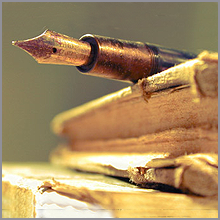
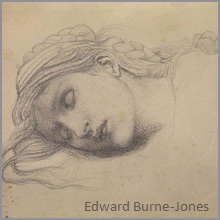
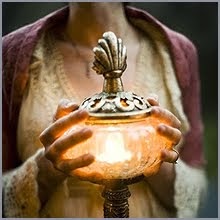
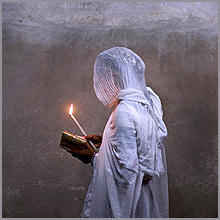
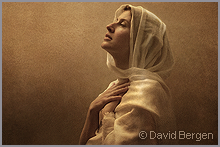
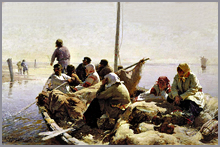
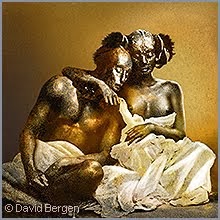


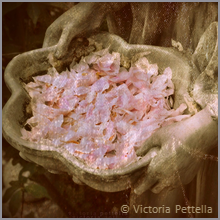
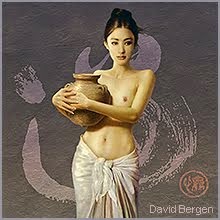
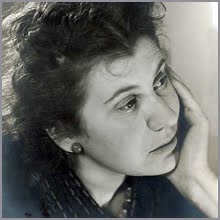
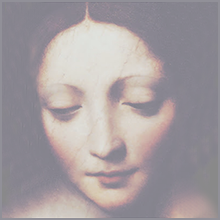
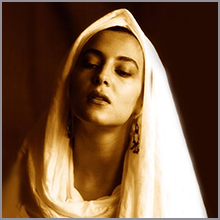
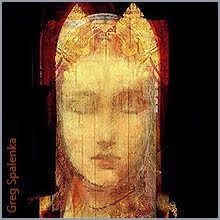
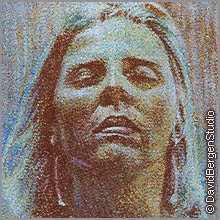











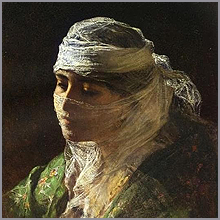
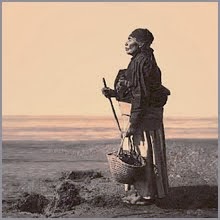

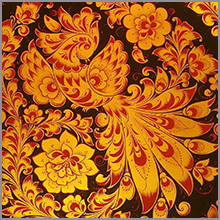

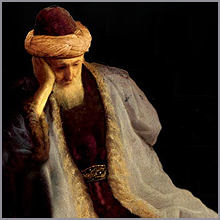
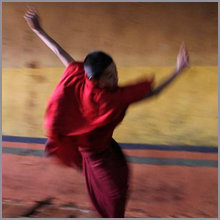




Thank you Emma for a fascinating creation myth, this time one from Finland. You have a wonderful way of making the story come alive! The story is reminiscent of Tiamat's Tears since in both myths the ocean, the element of water, plays a key role. Water may be considered the mother of life, as without water there could be no chance of a living, breathing organism. Babies in a mother's womb are immersed in amniotic fluid. From the myth you explore the meaning of the daughter coming before the mother, which is thought provoking, making us look deeply into the nature of parent and child relationships. I enjoyed this very much.
ReplyDeleteThank you, Joseph - also for your compliment that I make the story come alive! With such stories for my posts here it is often necessary to condense down the original version of a myth, both to make the post a reasonable length and to keep my focus for why I wish to write about a particular myth. Ilmatar's story in the Kalevala is quite long and involved, and includes a detailed description of how she actually created the land from iron eggs laid by a teal on her floating body. I decided to sacrifice this part of the story for the sake of emphasizing my own point about the daughter/mother relationship - always knowing that anyone who wishes can find the full-length version for themselves!
DeleteIt's a good point you make about the baby in the womb not being air-breathing. Human embryos actually have gills like fish. All of us are so bound to our own watery beginnings!
What a beautiful creation story siStar.. big hugs
ReplyDeleteI'm so pleased you enjoyed the story of the Daughter of the Air, dear siStar Destiny .. I loved writing it! Hugssss x
Delete